Home>Garden Essentials>How Do I Plant Pumpkin Seeds
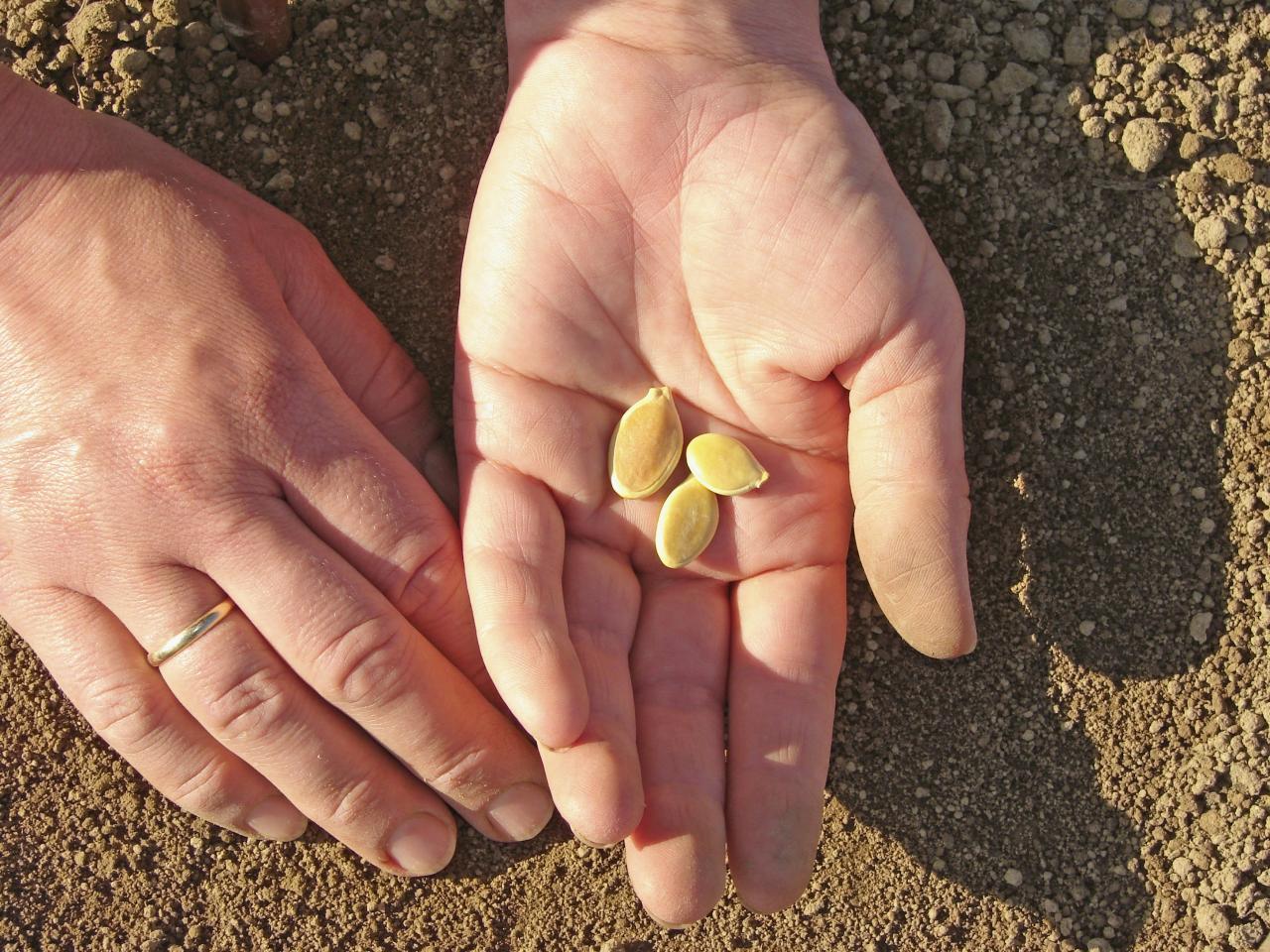

Garden Essentials
How Do I Plant Pumpkin Seeds
Modified: March 16, 2024
Learn how to plant pumpkin seeds in your garden with this step-by-step guide. Start growing your own pumpkins today and enjoy a bountiful harvest!
(Many of the links in this article redirect to a specific reviewed product. Your purchase of these products through affiliate links helps to generate commission for Storables.com, at no extra cost. Learn more)
Introduction
Growing your own pumpkins can be a rewarding and fun experience. Whether you’re looking to carve jack-o’-lanterns for Halloween or harvest pumpkins for cooking and baking delicious treats, planting pumpkin seeds is the first step towards a bountiful harvest. In this article, we will guide you through the process of planting pumpkin seeds, from selecting the right seeds to harvesting and storing your pumpkins.
Before you start planting, it’s important to note that pumpkins are warm-season vegetables that require a sunny location with well-drained soil. These vibrant orange fruits thrive in temperatures between 70 to 85 degrees Fahrenheit, making them a popular choice for late spring and summer gardens.
Whether you have a sprawling garden or a small patch of soil, growing pumpkins can be a rewarding endeavor that adds beauty and flavor to your outdoor space. So, let’s dig in and learn how to plant pumpkin seeds!
Key Takeaways:
- Select the right pumpkin seeds based on your needs, climate, and disease resistance. Prepare the soil with compost and well-drained conditions for healthy pumpkin growth.
- Plant pumpkin seeds after the last frost, water consistently, and protect from pests and diseases. Harvest mature pumpkins, cure them, and store in a cool, dry place for extended enjoyment.
Read more: How To Plant Pumpkin Seeds
Selecting the Right Pumpkin Seeds
When it comes to selecting pumpkin seeds, there are a few important factors to consider. First and foremost, you’ll want to choose a variety that suits your needs and preferences. Pumpkins come in various shapes, sizes, and colors, so think about how you plan to use them. Are you looking for pumpkins to carve into spooky faces, or do you want smaller ones for cooking?
Another important consideration is the time to maturity. Some pumpkin varieties take longer to mature than others. If you’re planting late in the season, you may want to choose a variety with a shorter maturity time to ensure you have enough time to harvest before the first frost.
The climate in your area is also a crucial factor. Some pumpkin varieties are more tolerant of colder temperatures, while others thrive in warmer climates. Check with your local garden center or extension service to find out which pumpkin varieties are well-suited for your region.
Lastly, pay attention to the disease resistance and pest tolerance of different pumpkin varieties. Certain types may be more resistant to common diseases or pests, reducing the need for chemical interventions and making your gardening experience more enjoyable.
Once you’ve considered these factors, it’s time to purchase your pumpkin seeds. You can find a wide selection of pumpkin seeds at local garden centers, nurseries, or online seed suppliers. Be sure to buy from a reputable source to ensure high-quality seeds that will give you the best chance of a successful pumpkin harvest.
Preparing the Soil
Before planting your pumpkin seeds, it’s important to prepare the soil to create optimal growing conditions for your plants. Here are the steps to prepare the soil:
- Choose the planting location: Select a sunny spot in your garden that receives at least six to eight hours of direct sunlight each day. Pumpkins require plenty of sunlight to thrive and produce healthy fruits.
- Clear the area: Remove any weeds, rocks, or debris from the planting area. These can impede pumpkin growth and compete for nutrients.
- Loosen the soil: Using a garden fork or a tiller, loosen the soil to a depth of about 12 to 18 inches. This will help improve drainage and ensure healthy root development.
- Amend the soil: Pumpkins prefer well-draining soil that is rich in organic matter. Incorporate compost or well-rotted manure into the soil to improve its fertility and structure. Aim for a pH level between 6.0 and 7.5, which is slightly acidic to neutral.
- Smooth the surface: Rake the soil surface to create a smooth, even bed for planting. This will help ensure good seed-to-soil contact.
- Consider raised beds: If your soil is heavy clay or poorly drained, consider planting your pumpkins in raised beds to improve drainage and prevent waterlogging.
By taking the time to properly prepare the soil, you’re giving your pumpkin plants a solid foundation for growth and development. This step is crucial for ensuring healthy plants and a successful pumpkin harvest.
Planting Pumpkin Seeds
Once you have prepared the soil, it’s time to plant your pumpkin seeds. Here’s how to do it:
- Choose the right time: Pumpkin seeds should be planted after the last frost date in your area when the soil has warmed up to at least 60 degrees Fahrenheit. This is typically in late spring or early summer.
- Determine the planting method: There are two common methods for planting pumpkin seeds – directly in the ground or starting them indoors. Direct sowing works well if you have a long growing season, while starting seeds indoors can give you a head start in regions with shorter growing seasons.
- Direct sowing: If you choose to plant directly in the ground, make small mounds about 18 inches in diameter and 6 inches tall. Space the mounds 4 to 8 feet apart, depending on the pumpkin variety. Plant 4 to 6 seeds in each mound, about 1 inch deep.
- Indoor starting: If you decide to start your seeds indoors, fill biodegradable seedling trays or peat pots with seed-starting mix. Plant one seed per pot, about 1 inch deep. Keep the soil moist and place the trays in a warm location or under grow lights.
- Provide proper care: Keep the soil consistently moist but not waterlogged. Once the seedlings have established true leaves and all risk of frost has passed, transplant them outdoors, ensuring each plant has enough space to spread its vines.
- Support and train the vines: As your pumpkin plants grow, it’s a good idea to provide support for the vines to prevent them from sprawling across the ground. You can use trellises, fences, or sturdy stakes to guide the vines and keep them off the soil.
Remember to follow the specific planting instructions provided on the seed packet for the best results. With proper planting techniques, your pumpkin seeds will germinate and grow into healthy seedlings, setting the stage for a flourishing pumpkin patch.
Plant pumpkin seeds in well-draining soil, 1 inch deep and 2-3 feet apart. Choose a sunny spot and water regularly. Watch out for pests and diseases.
Watering and Fertilizing
Proper watering and fertilizing are vital for the healthy growth and development of your pumpkin plants. Here are some tips to keep in mind:
Watering:
- Consistent moisture: Pumpkin plants require regular and consistent moisture, especially during the early stages of growth. Keep the soil evenly moist, but avoid overwatering which can lead to root rot. A good rule of thumb is to provide about 1 inch of water per week, either through rainfall or irrigation.
- Avoid wetting the foliage: When watering, aim to water the soil around the base of the plants, rather than wetting the foliage. Wet leaves can promote the development of fungal diseases.
- Mulching: Apply a layer of organic mulch around the base of your pumpkin plants. This will help retain soil moisture, reduce weed competition, and regulate soil temperature.
Fertilizing:
- Soil testing: Before fertilizing, it’s recommended to conduct a soil test to determine the nutrient levels in your soil. This will help you understand which nutrients may be lacking and require supplementation.
- Organic matter: Prior to planting, incorporate compost or well-rotted manure into the soil to improve its fertility and provide a slow-release source of nutrients.
- Slow-release fertilizer: If needed, you can apply a balanced, slow-release fertilizer formulated for vegetables. Follow the instructions on the fertilizer package and apply it according to the recommended frequency.
- Avoid excessive nitrogen: While pumpkins require nitrogen for healthy foliage growth, too much nitrogen can result in excess vine growth at the expense of fruit development. Look for fertilizers with a balanced N-P-K ratio, emphasizing phosphorus and potassium.
Regularly monitoring the moisture levels and nutrient requirements of your pumpkin plants will help ensure they receive the proper care they need to thrive. Remember, it’s always best to err on the side of caution and make any adjustments based on the specific needs of your plants.
Read more: How To Plant Pumpkin Seed
Protecting Pumpkin Plants
Protecting your pumpkin plants from pests, diseases, and unfavorable weather conditions is essential for a successful crop. Here are some tips to keep in mind:
Pest control:
- Inspect regularly: Check your pumpkin plants regularly for signs of pests such as aphids, squash bugs, and cucumber beetles. Early detection allows for timely intervention.
- Handpicking: If you spot pests, you can manually remove them from the plants by handpicking. Drop them into a bucket of soapy water to prevent them from returning.
- Companion planting: Consider companion planting with plants that repel pests or attract beneficial insects. Marigolds, nasturtiums, and mint are known to deter certain pests.
- Row covers: Use lightweight row covers to physically protect your pumpkin plants from pests. Be sure to remove the covers once the plants begin to flower to allow for pollination.
Disease prevention:
- Proper spacing: Give your pumpkin plants enough space to allow good air circulation, which helps prevent the development and spread of fungal diseases.
- Avoid overhead watering: Water the soil directly at the base of the plants to minimize moisture on the foliage, as wet leaves can contribute to the growth of fungal diseases.
- Mulch: Apply a layer of organic mulch around the base of your plants to prevent soil-borne diseases and reduce splashing during rainfall or irrigation.
- Fungicide application: If you notice signs of fungal diseases, such as powdery mildew or downy mildew, you may need to apply a fungicide according to the package instructions. Be sure to choose a product labeled for use on pumpkins and follow all safety precautions.
Weather protection:
- Provide shade: If your pumpkin plants are exposed to intense heat, providing them with partial shade during the hottest parts of the day can help prevent stress and sunburn.
- Protect from frost: In cooler climates, be prepared to protect your pumpkin plants from late-season frost by covering them with blankets or using cloches.
- Stake or trellis: If strong winds are common in your area, consider staking or trellising your pumpkin plants to provide support and prevent wind damage.
By implementing these protective measures, you can minimize the risk of pests, diseases, and adverse weather conditions that could potentially harm your pumpkin plants. Vigilance and proactive care are key to a thriving pumpkin patch.
Harvesting and Storing Pumpkins
Once your pumpkins have reached their mature size and the vines have started to die back, it’s time to harvest them. Here are some guidelines to follow for successful pumpkin harvesting and storage:
Harvesting:
- Check for maturity: Pumpkins are ready to harvest when their rinds have hardened and developed a deep, consistent color. Tap the pumpkin – if it sounds hollow, it’s likely ripe.
- Leave a sturdy stem: Leave about 3 to 4 inches of stem attached to the pumpkin when harvesting. This helps prolong the fruit’s shelf life and reduces the risk of rot.
- Use sharp tools: Cut the pumpkin from the vine using sharp pruning shears or a knife, making a clean cut rather than tearing or breaking the stem.
- Handle with care: Handle pumpkins gently, avoiding any excess pressure or dropping. Even slight damage can lead to decay during storage.
Storing:
- Cure the pumpkins: Before storing, allow the freshly harvested pumpkins to cure in a sunny spot for around two weeks. The sunlight helps harden the skin and heal any small cuts or bruises.
- Choose a suitable storage location: Find a cool, dry, and well-ventilated area for storing pumpkins. The ideal storage temperature is around 50 to 55 degrees Fahrenheit.
- Avoid direct contact with the ground: Place the pumpkins on a raised surface, such as a pallet or wooden board, to prevent moisture absorption and rotting.
- Check regularly: Regularly inspect stored pumpkins for any signs of spoilage or decay. Remove and use any pumpkins that show signs of deterioration to prevent the spread of rot.
Keep in mind that different pumpkin varieties have varying shelf lives. Some are better suited for long-term storage, while others are more suitable for immediate use. Check the specific recommendations for the pumpkin variety you are growing to ensure optimal storage conditions.
By following these guidelines for harvesting and storing pumpkins, you can enjoy the fruits of your gardening labor for an extended period of time, whether you’re using them for festive decorations or delicious homemade pumpkin dishes.
Conclusion
Congratulations on successfully learning how to plant, care for, and harvest pumpkins! Growing your own pumpkins can be a rewarding experience that allows you to enjoy the beauty and flavors of these iconic fall fruits. By following the steps outlined in this article, you can have a flourishing pumpkin patch in your own backyard.
Remember to start by selecting the right pumpkin seeds based on your preferences, climate, and growing conditions. Take the time to prepare the soil, ensuring it is well-drained and rich in organic matter. When it’s time to plant the seeds, choose between direct sowing or starting indoors, depending on your region and growing season.
Throughout the growing period, make sure to water your pumpkin plants regularly and provide them with the necessary nutrients through fertilization. Protect your plants from pests, diseases, and adverse weather conditions to ensure healthy growth and a successful harvest.
When it’s time to harvest your pumpkins, pay attention to their maturity and handle them with care. Lastly, store your pumpkins in a cool, dry place to prolong their shelf life and enjoy them for an extended period.
Now that you have the knowledge and tools to grow pumpkins, get started and watch as your garden transforms into a vibrant and bountiful pumpkin paradise. Whether you use them for spooky jack-o’-lanterns, delicious pumpkin pies, or festive decorations, your homegrown pumpkins will surely bring joy and a taste of autumn to your life.
Happy gardening and enjoy the fruits of your labor!
Frequently Asked Questions about How Do I Plant Pumpkin Seeds
Was this page helpful?
At Storables.com, we guarantee accurate and reliable information. Our content, validated by Expert Board Contributors, is crafted following stringent Editorial Policies. We're committed to providing you with well-researched, expert-backed insights for all your informational needs.
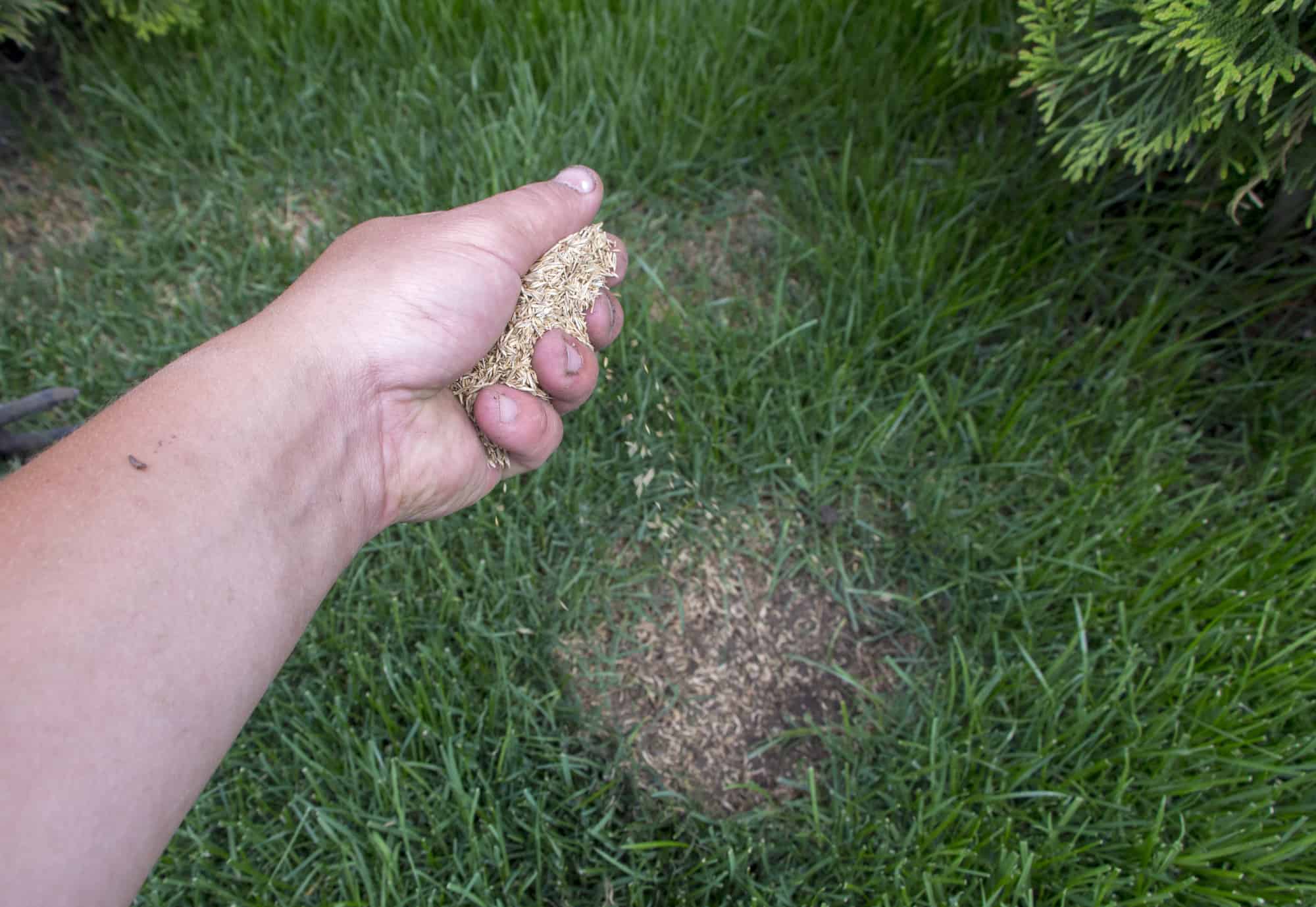
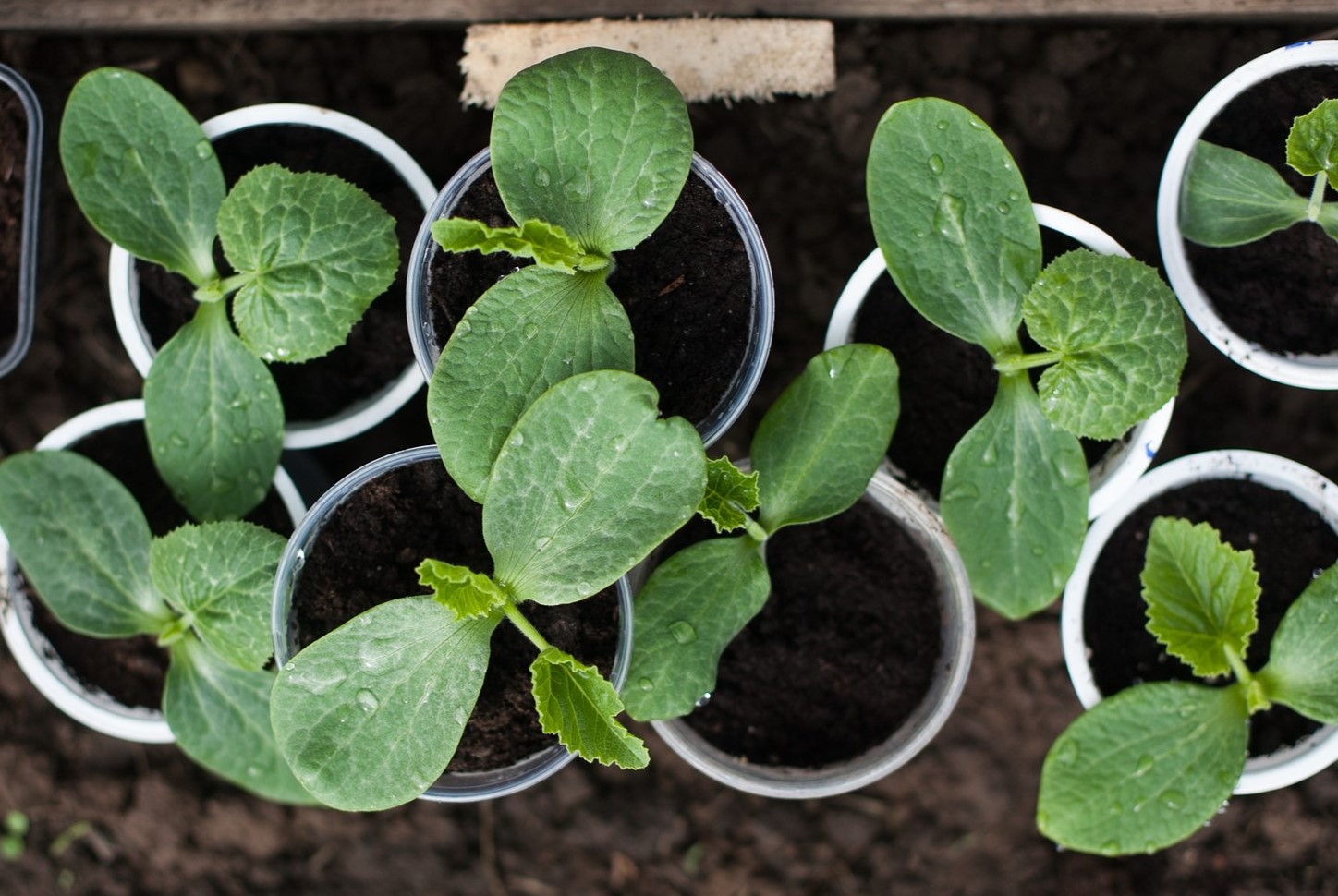
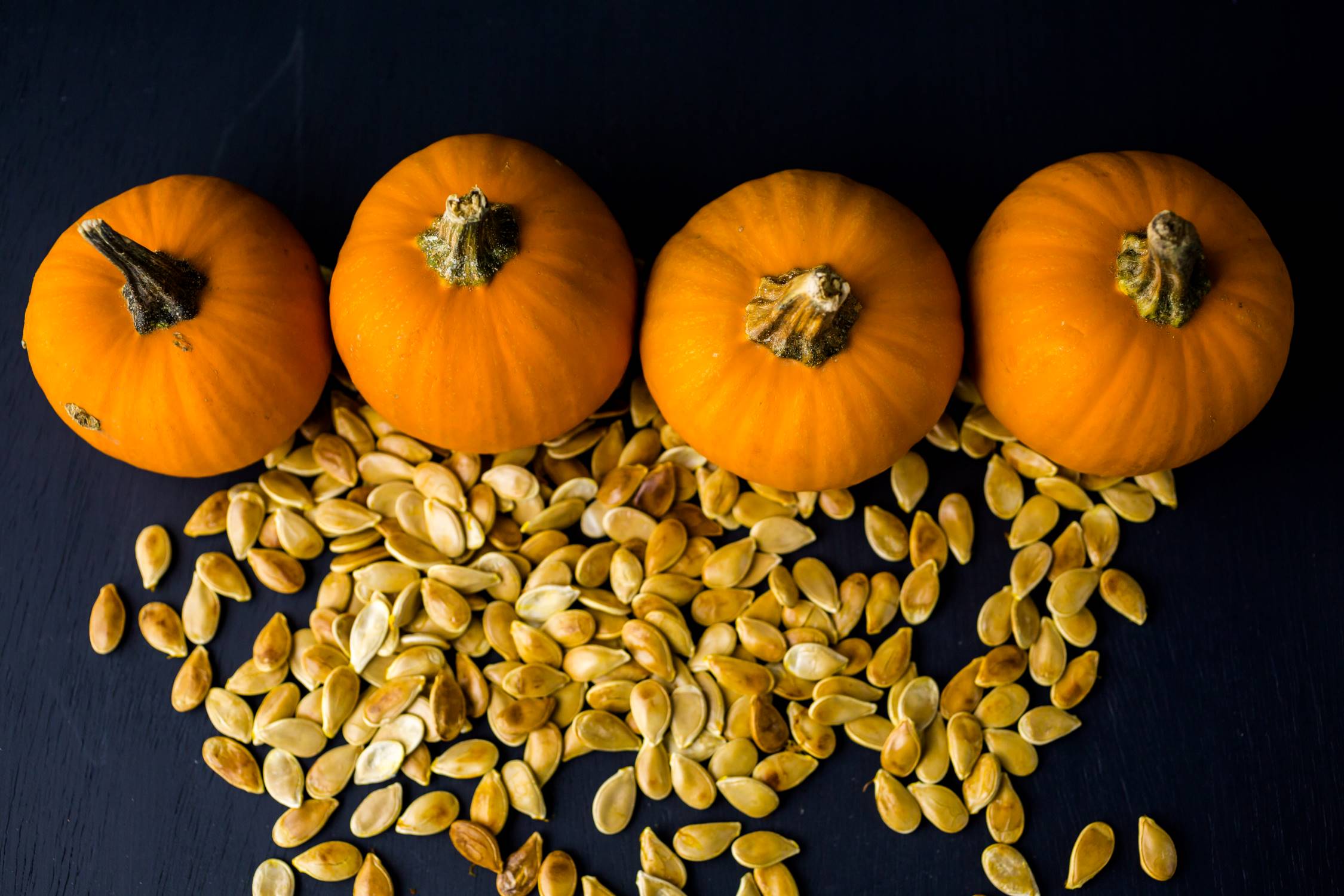
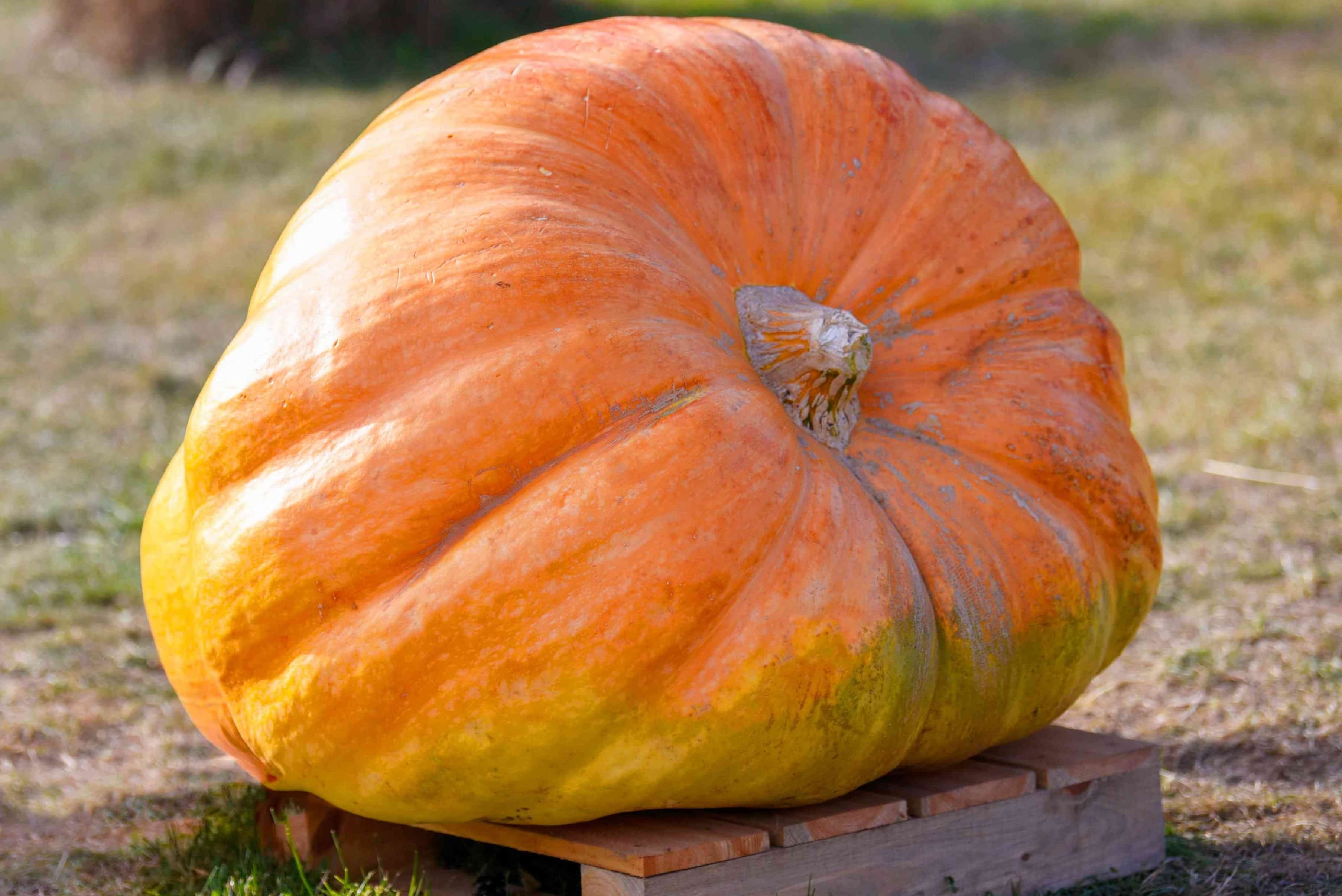
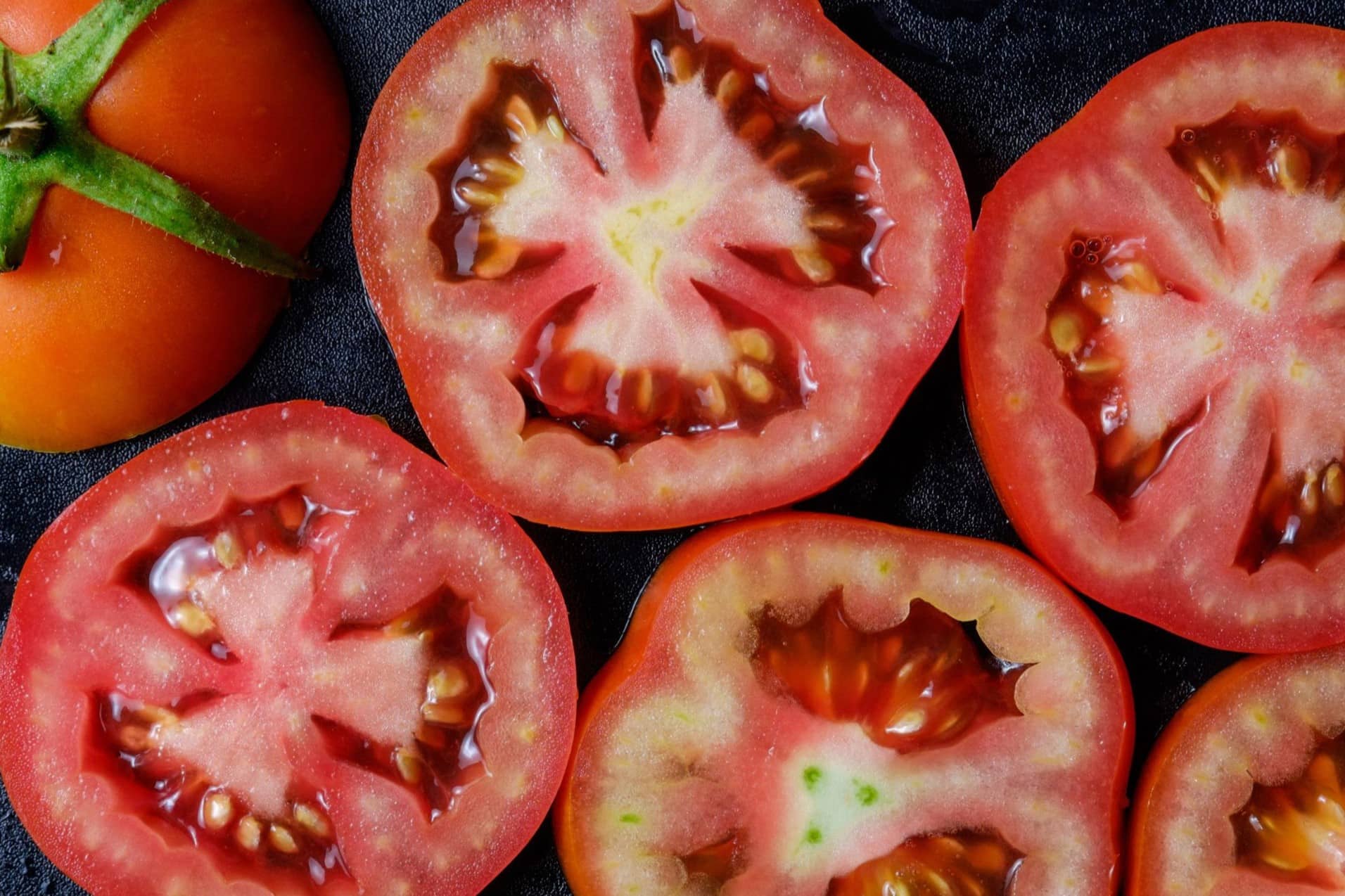
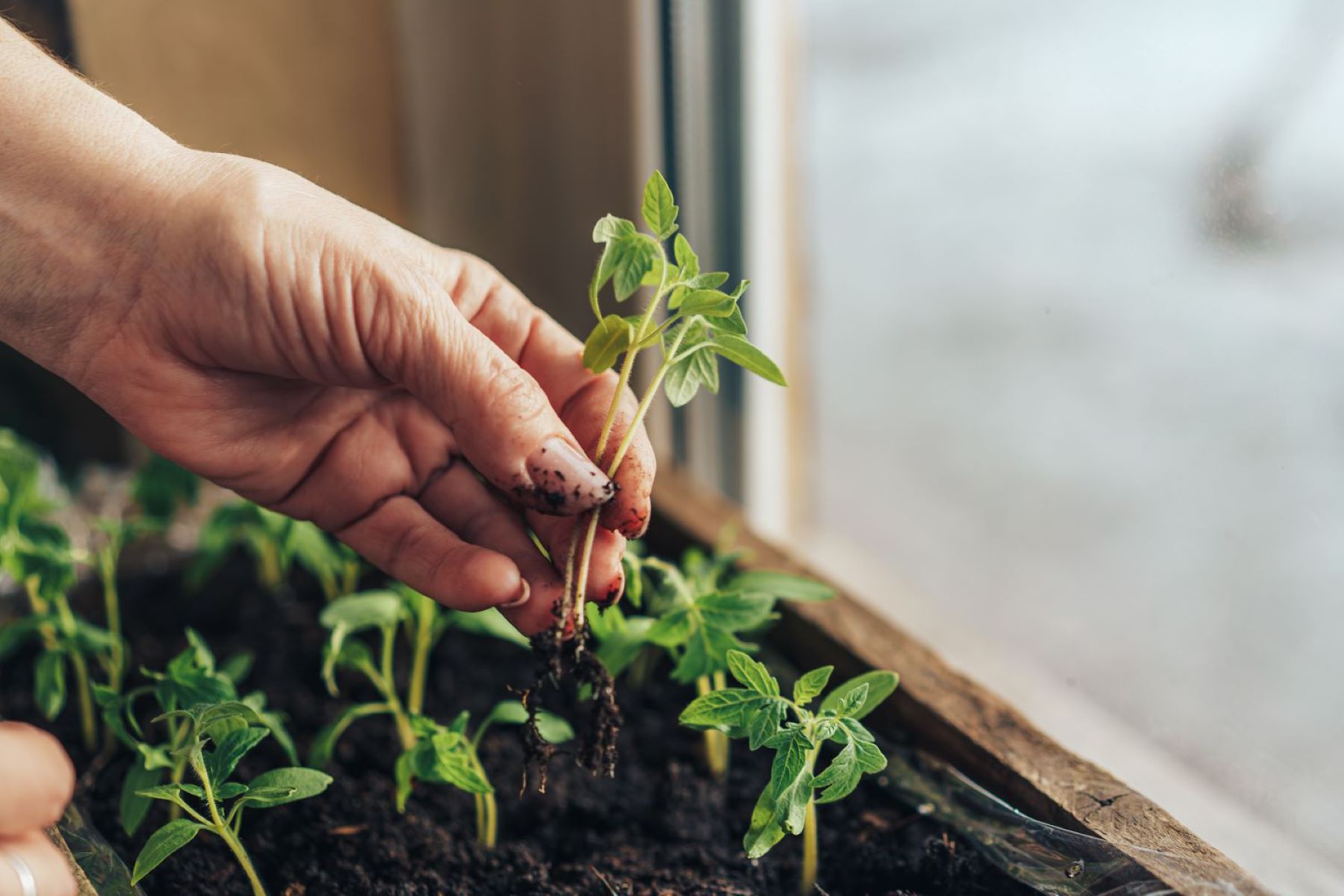
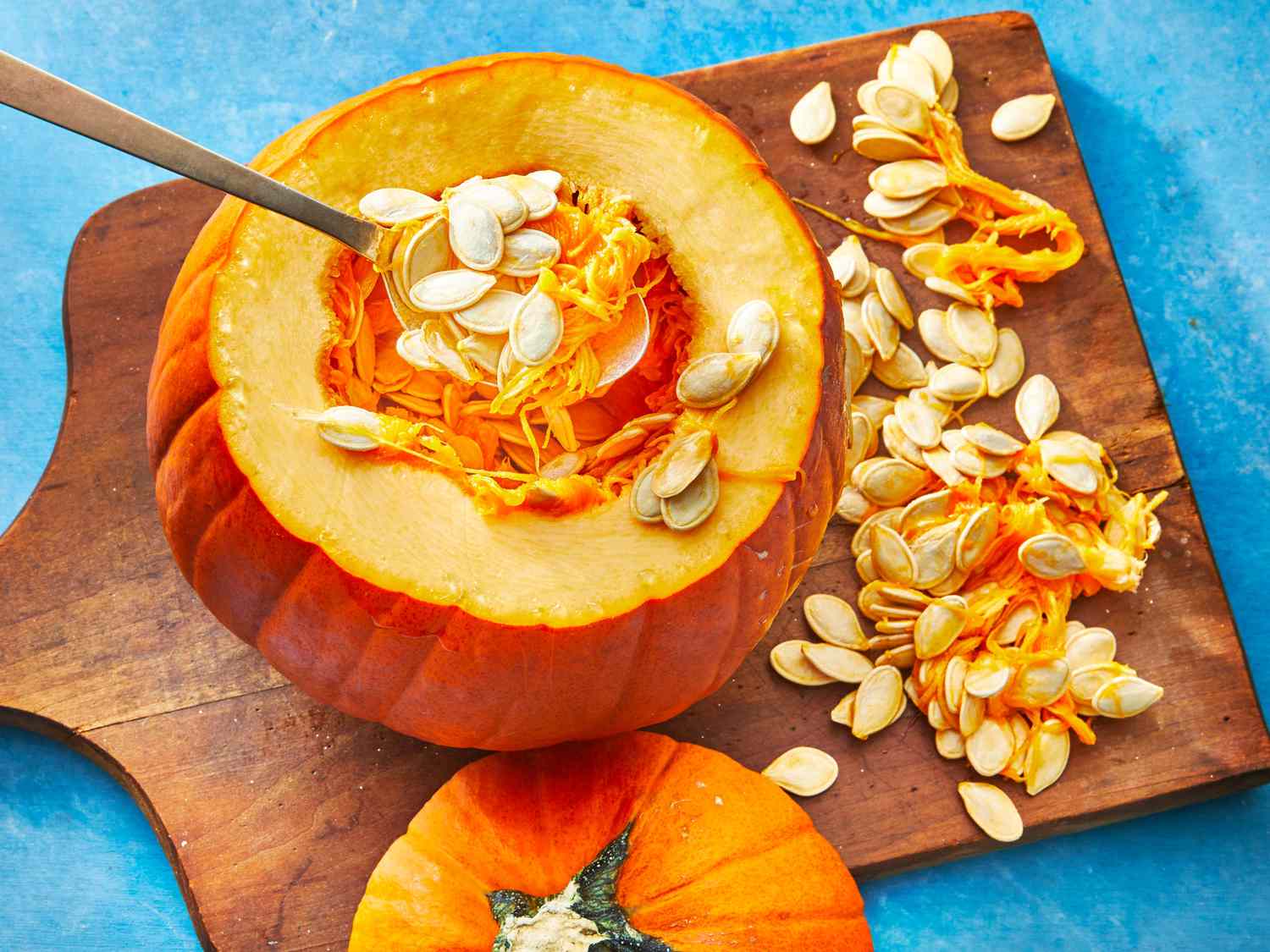
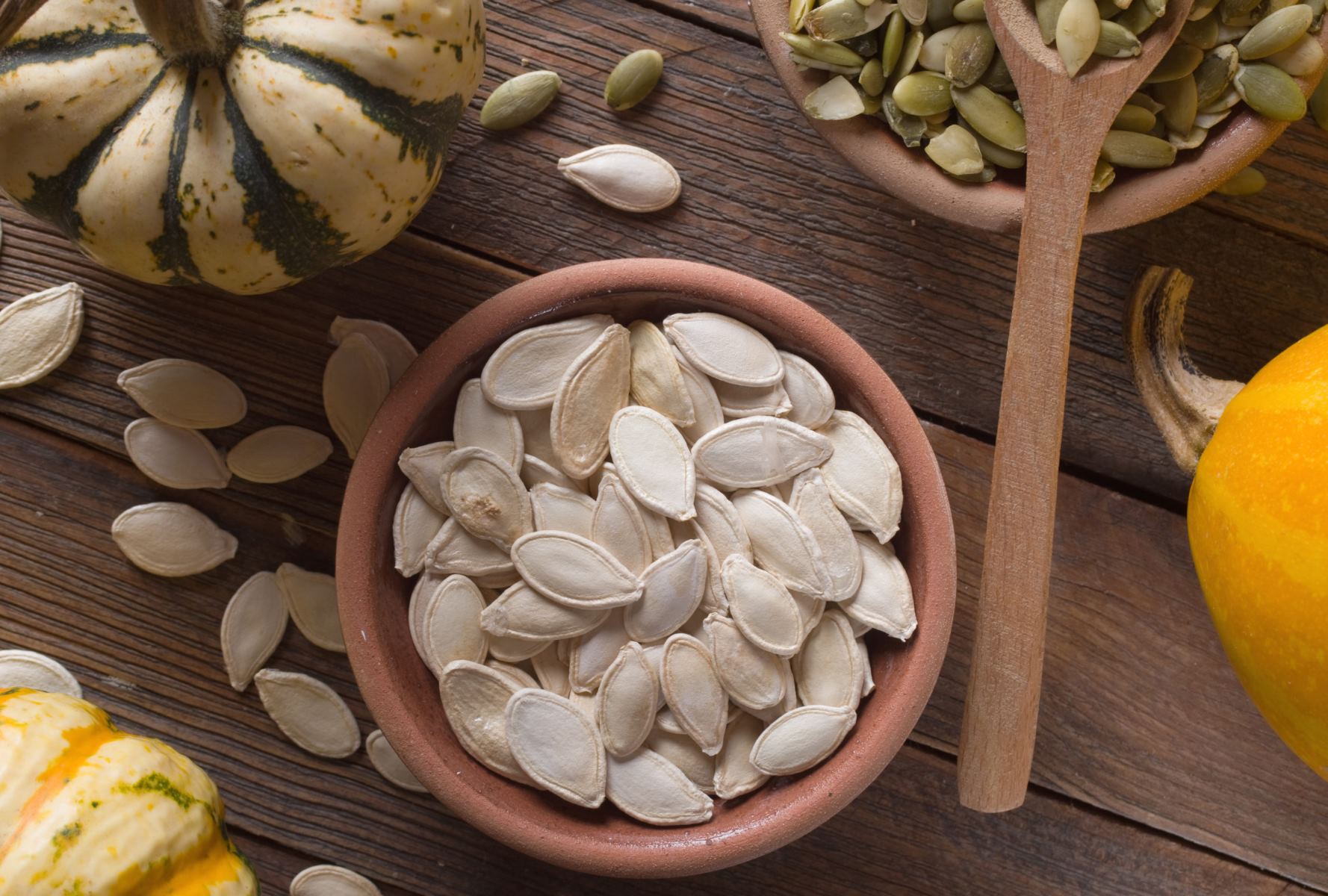
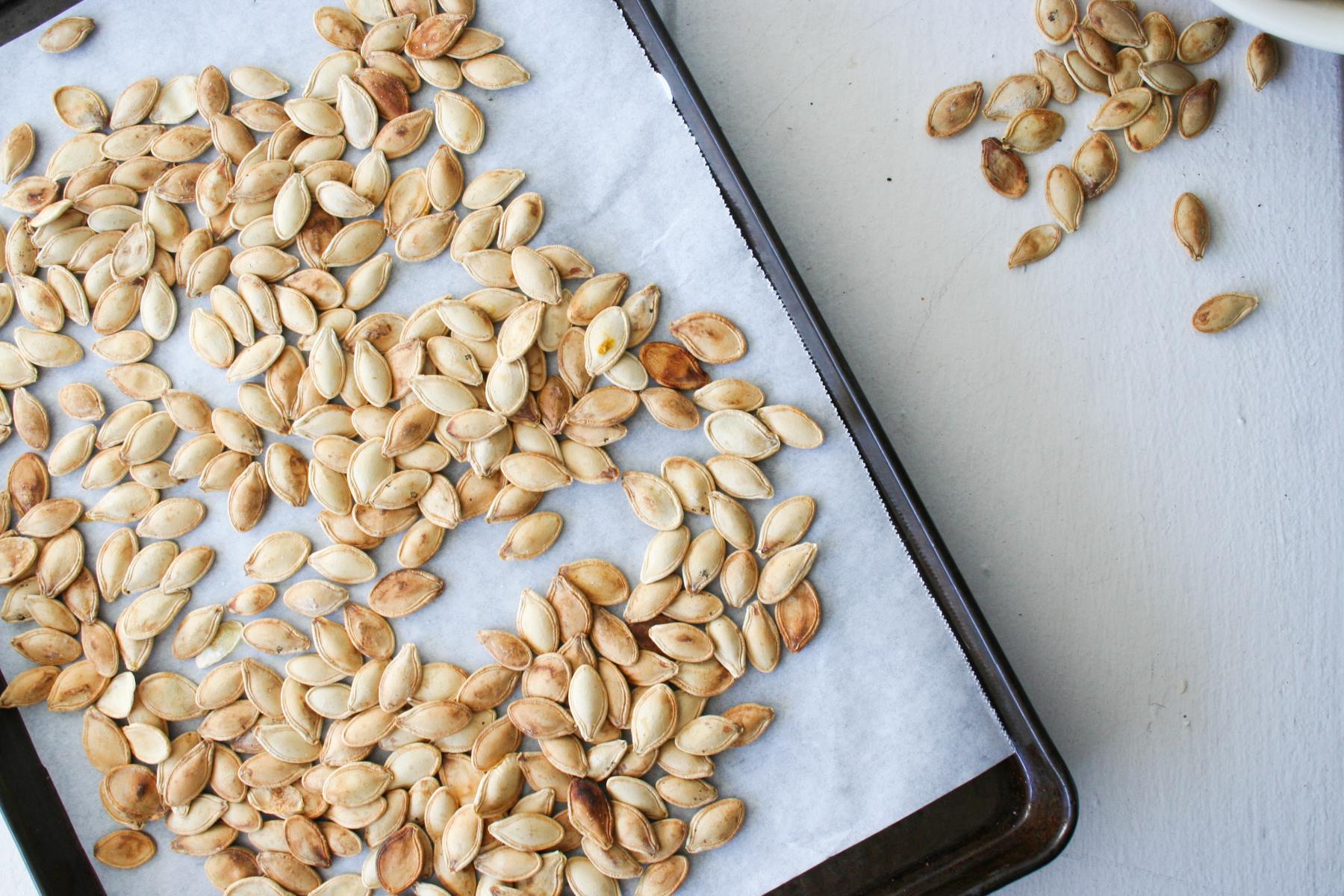
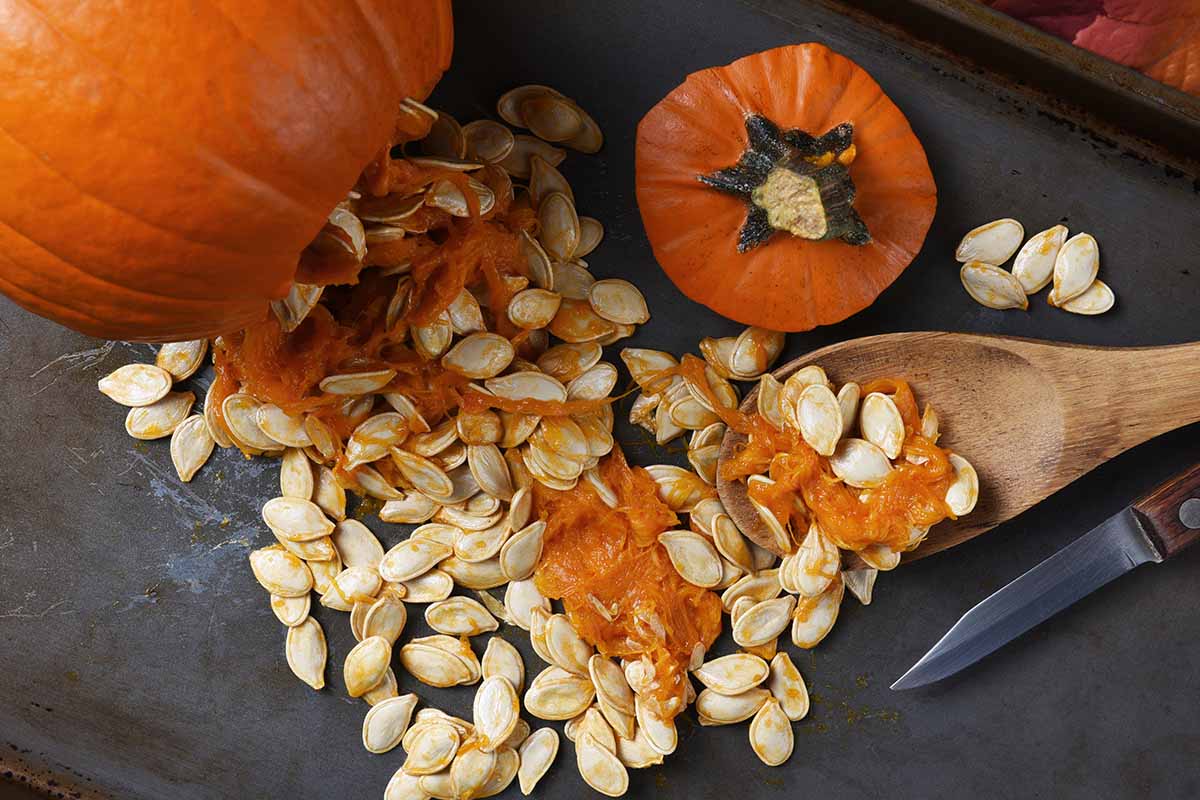
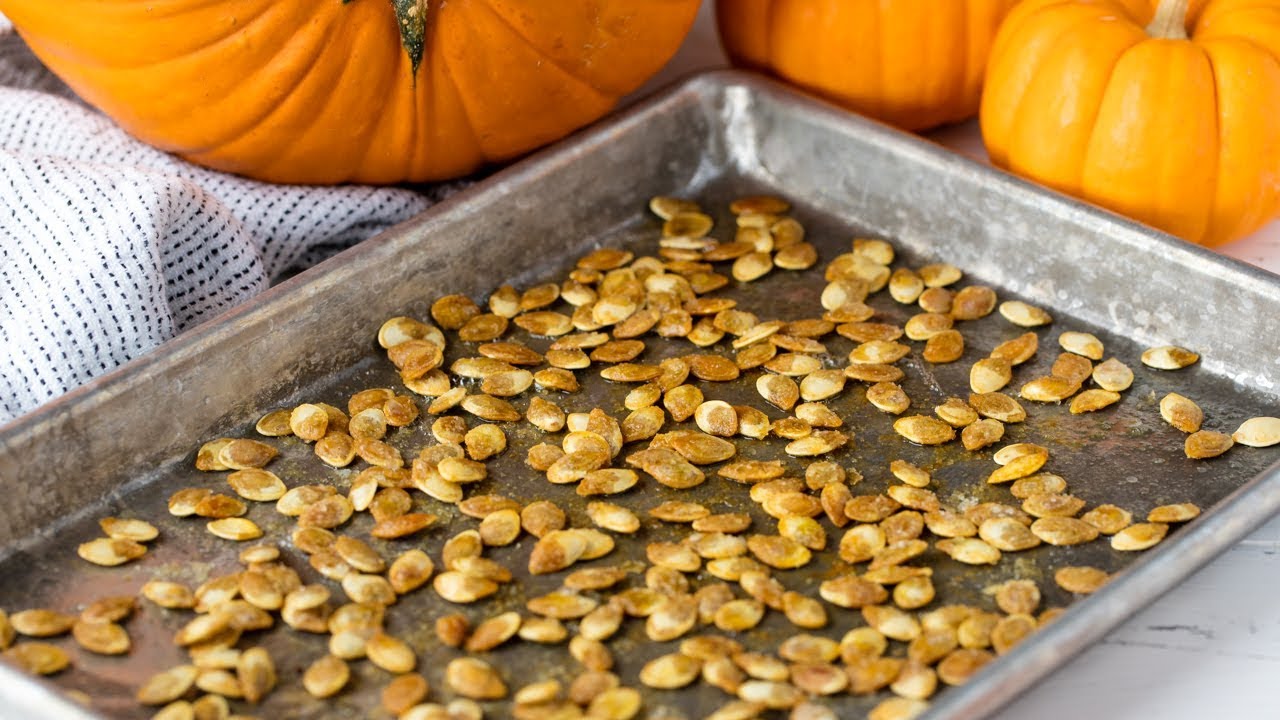
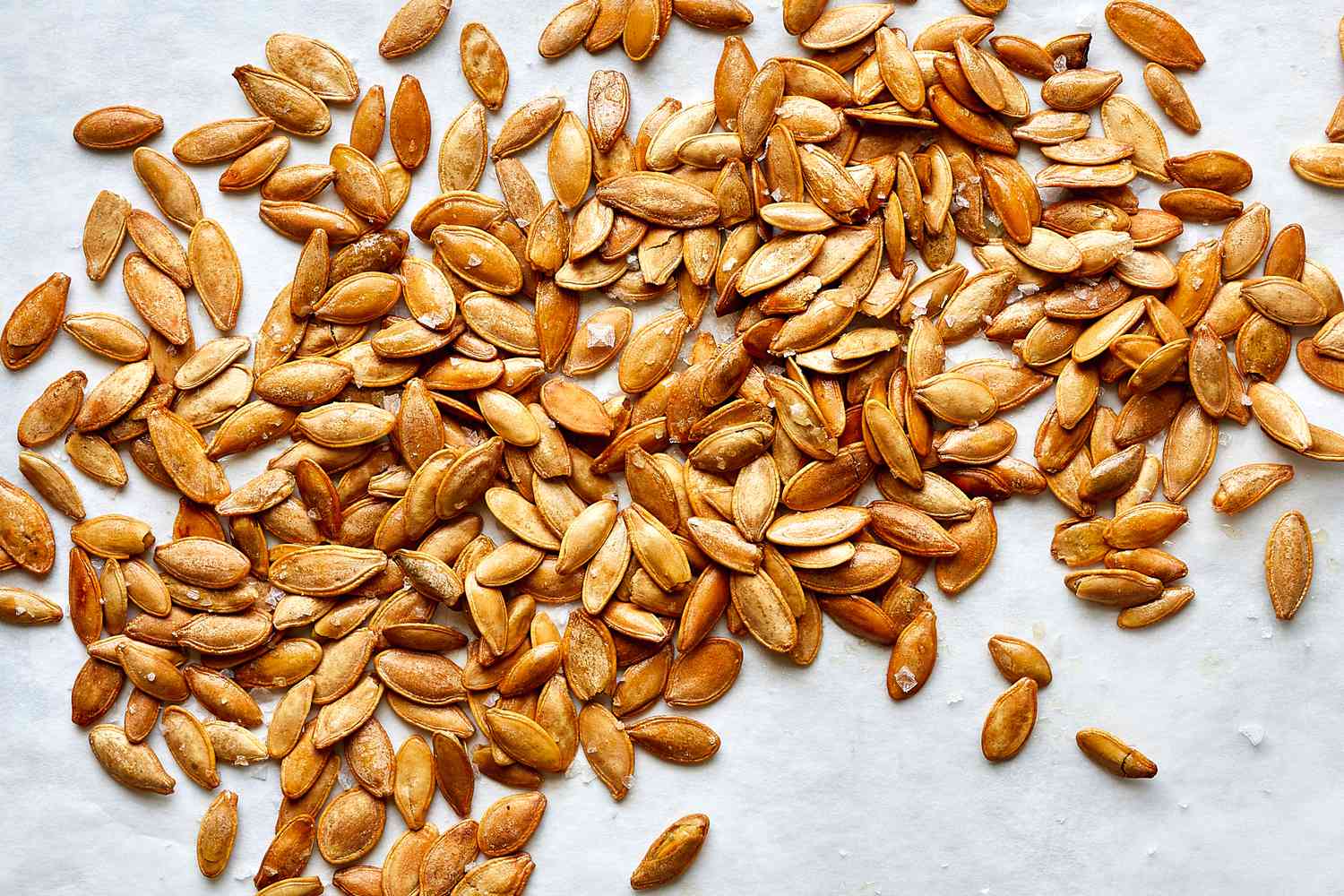
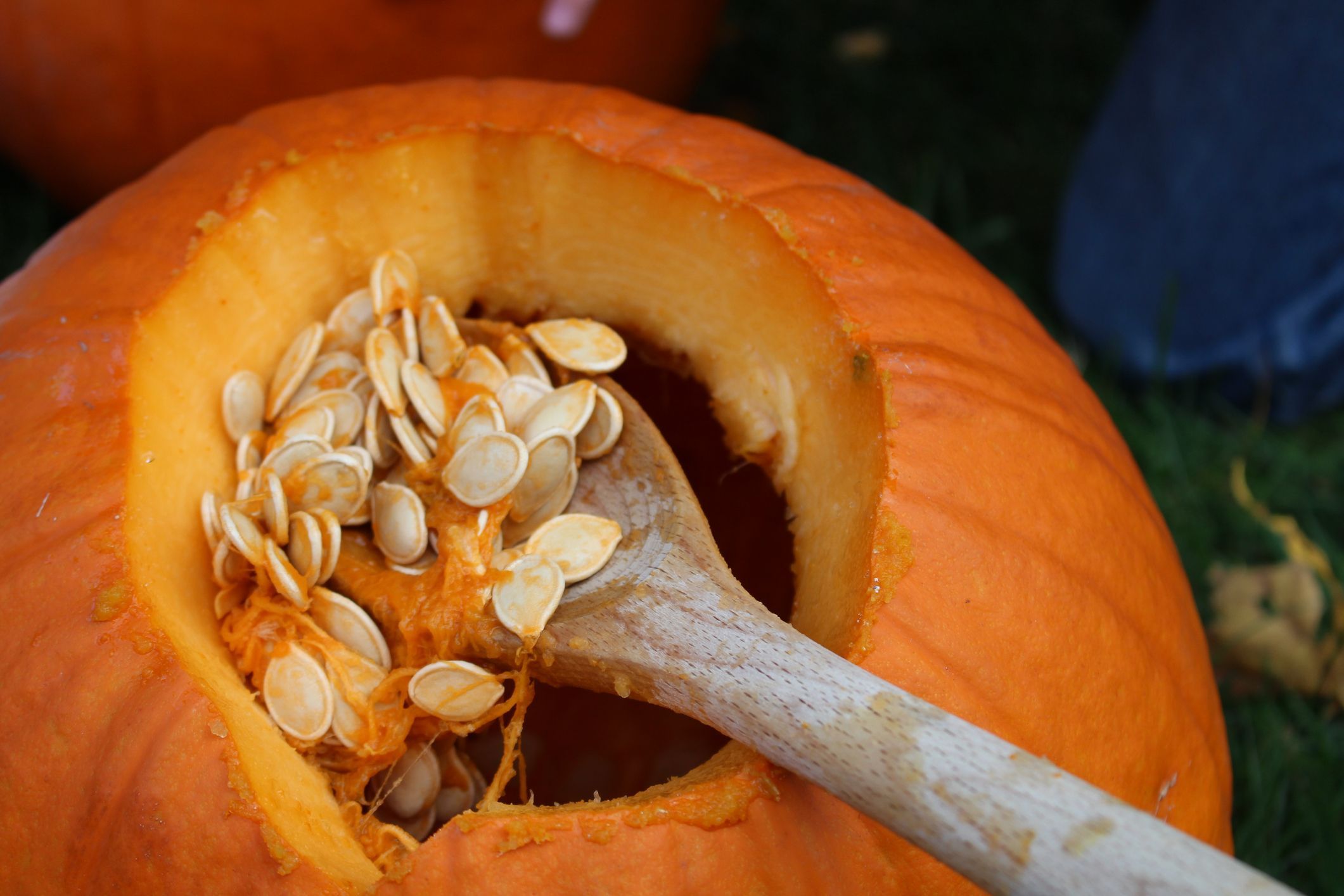
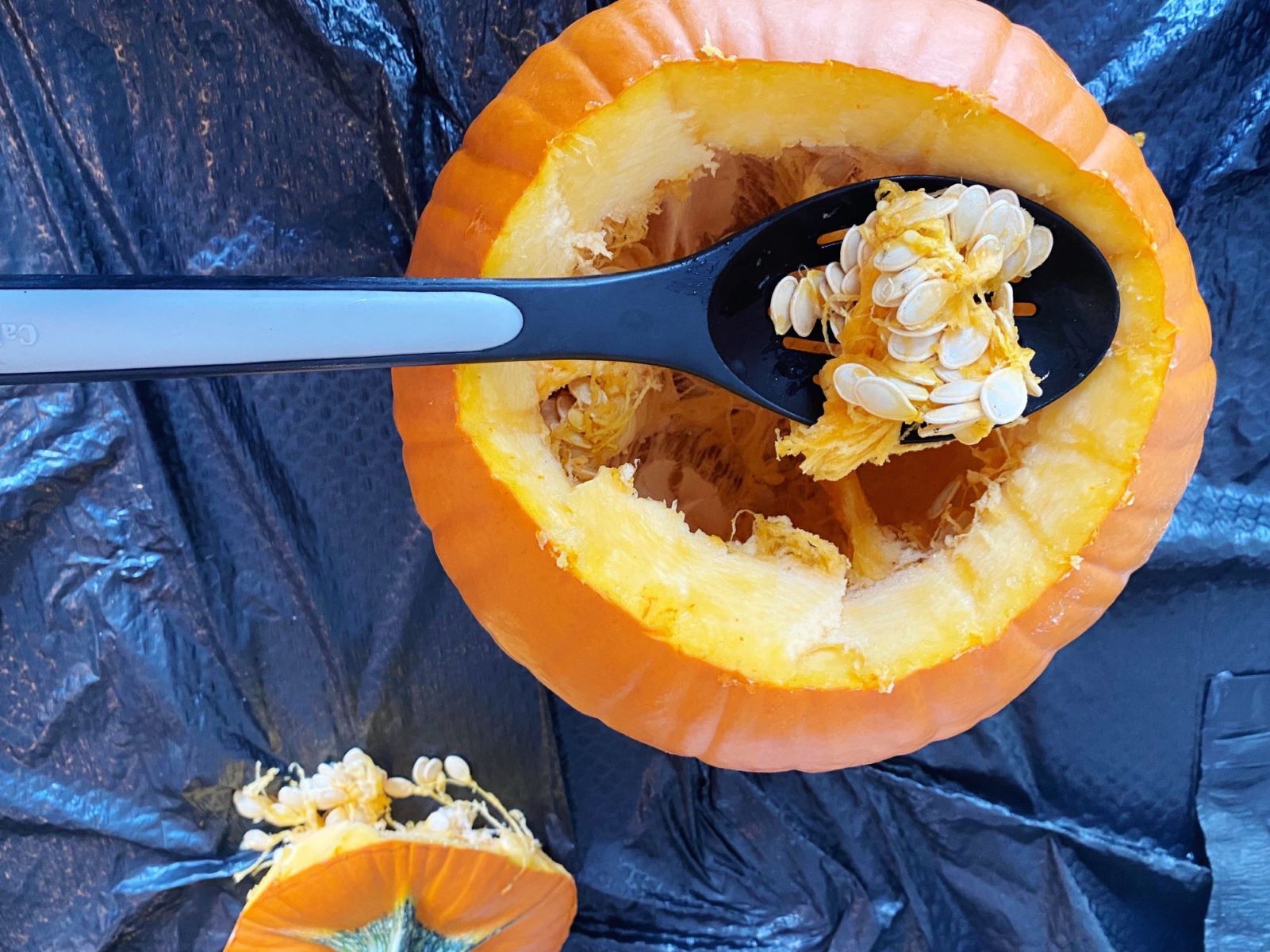

0 thoughts on “How Do I Plant Pumpkin Seeds”